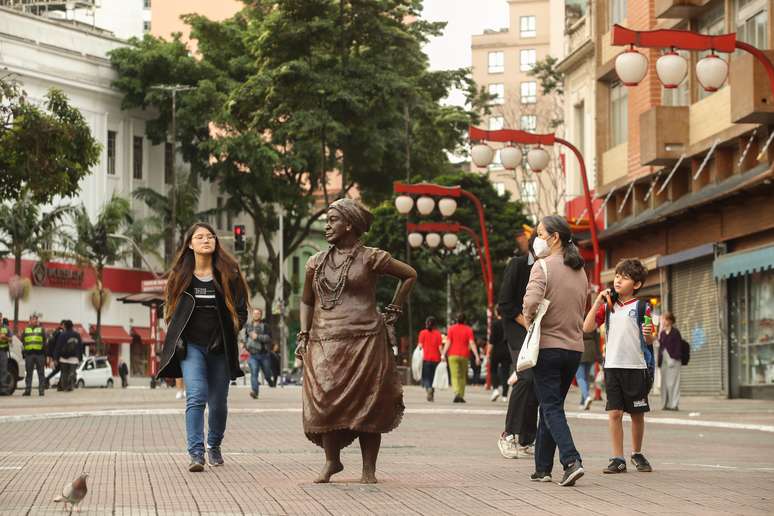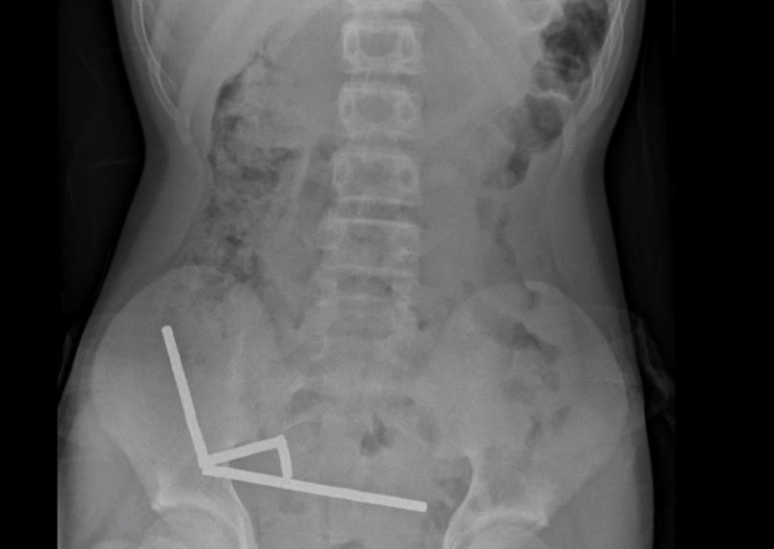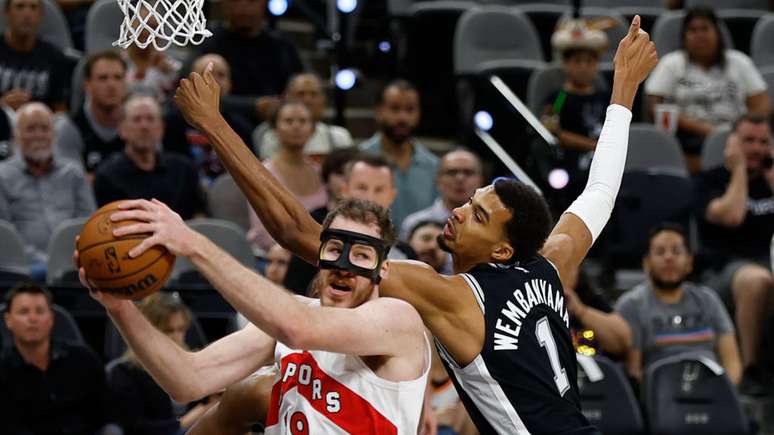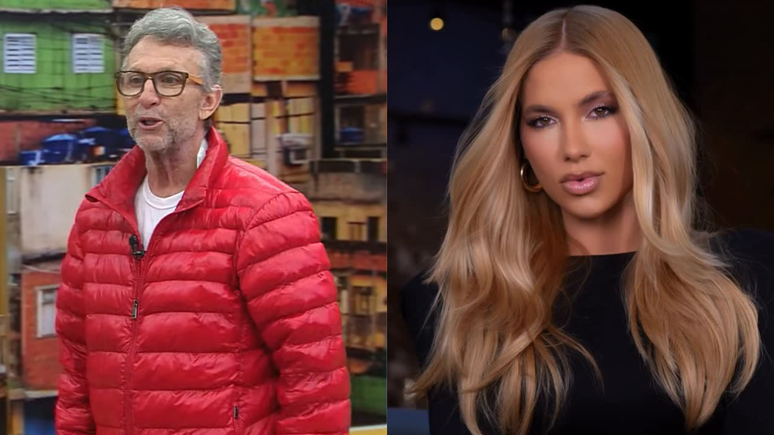Let’s be real: there are no deodorants that will make your jogging shirt “smell-free at all.”
If you are reading this article, then you are definitely not one of those who prefer moderate loads – the problem of the smell of sweat that does not want to be washed off is usually faced by those who, in the first place, give their all during the ‘training. , and secondly, know how important good exercise equipment is and therefore prefer items made from sporty synthetics.
These clothes are really good: they instantly wick moisture away from the skin. But this is also its disadvantage: what makes the material breathable also makes it an ideal “net” for capturing and retaining bacteria and sweat molecules. This is aggravated by the fact that sports synthetics cannot be washed at high temperatures – not surprisingly, getting rid of the smell is not so easy.
Therefore, Pilates running leggings and tops require an individual approach – here’s what you need to do so that after washing they do not smell of sweat, but the same mountain peaks from powder advertising. (You guessed right: you don’t need any special detergent, you can make do with the one you use all the time.)
ADVERTISING – CONTINUED BELOW
How to properly wash sports clothes
Step One: Wash Immediately or Dry
The best thing to do is to wash your wet workout clothes as quickly as possible. The longer they stay, the worse: bacteria multiply there, and it is their waste which is the cause of the unpleasant odor.
But only in an ideal world, immediately after a fitness class we go home, where we have nothing to do other than laundry. If you can’t wash your sweaty clothes right away, simply hang them out to dry, such as on the edge of a laundry basket.
Step Two: Soak in Vinegar or Bleach
This step is necessary in particularly difficult cases (mainly for T-shirts that a husband or child crumpled and threw under the bed – as a rule, by the time they are discovered, bacteria have time to rebuild their own Shanghai).
Mix one part 9% white vinegar and four parts water, immerse the item in it for 30-60 minutes – such a solution will remove not only the most persistent odor, but also any remaining detergent residue. are deposited on the fabric after previous washes.
A good alternative to vinegar is oxygen bleach: follow the soaking instructions on the label. Please note that powder bleaches, to be activated, must be diluted with hot water, then further diluted with cold water at a temperature suitable for synthetics.
Step Three: Treat Stains
If you don’t have time to soak or just don’t want to bother anymore, you can try an alternative: spray hydrogen peroxide from a spray bottle on the most “fragrant” places. But remember that it has a lightening effect: first test the product on a small, inconspicuous area of the item.
Step Four: Turn It Off
It is the underside of clothing that is exposed to sweat and accumulates dead skin cells. So before putting items in the drum, turn them over – this will help the water and detergent do their job.
Step Six: Add Powder
When it comes to detergent, the general rule is “less is more.” First, if there is a lot of powder, the foam will prevent objects from rubbing against each other, and that is the essence of washing. Secondly, when rinsing, not all the product will be removed from the fabric – this will only help preserve the unpleasant odor. In most cases, it is enough to add two tablespoons of powder per wash – this is enough to clean.
If you think the smell is too strong, you can add half a glass of baking soda to the powder – this perfectly destroys even the most persistent odors.
Step Six: Don’t Add Conditioner









